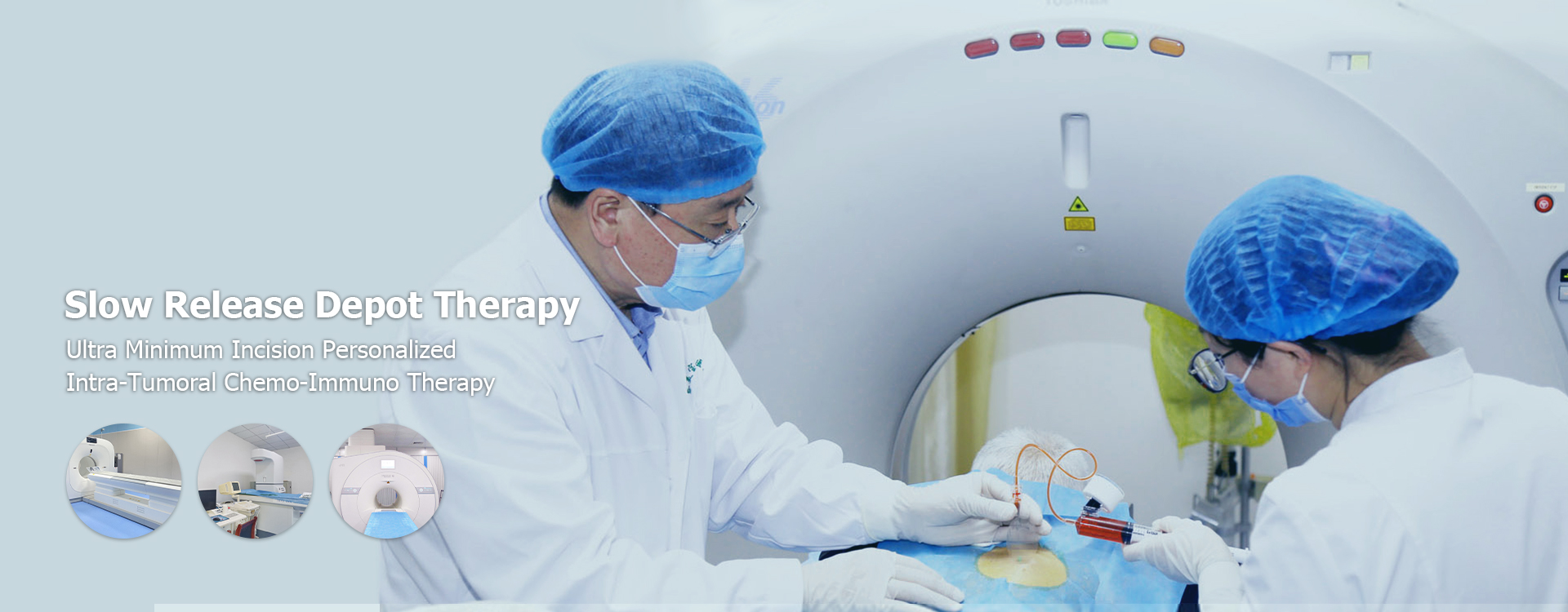
Pancreas Symptoms: Early Signs, Diagnosis, and Management
2025-03-25
Recognizing pancreas symptoms early is crucial for timely diagnosis and effective management of pancreatic conditions. This article explores the common signs of pancreatic problems, diagnostic methods, and available treatment options, offering insights into maintaining pancreatic health.
Understanding the Pancreas
The pancreas is a vital organ located behind the stomach. It plays a crucial role in digestion by producing enzymes that break down food. It also produces hormones like insulin and glucagon, which regulate blood sugar levels. When the pancreas malfunctions, it can lead to various health issues.

Common Pancreas Symptoms
Recognizing the early signs of pancreatic problems is essential for prompt diagnosis and treatment. Here are some common pancreas symptoms to be aware of:
Abdominal Pain
Abdominal pain is one of the most frequent pancreas symptoms. This pain can vary in intensity and may be felt in the upper abdomen or radiate to the back. It’s often described as a dull, gnawing pain that worsens after eating, especially fatty foods.
Nausea and Vomiting
Pancreatic issues can disrupt normal digestion, leading to nausea and vomiting. This occurs because the pancreas isn’t producing enough enzymes to break down food properly.
Unexplained Weight Loss
Significant and unexplained weight loss is another concerning symptom. This happens because the body isn’t absorbing nutrients effectively due to pancreatic enzyme deficiency. According to the Mayo Clinic, unintentional weight loss of more than 5% of your weight in 6–12 months or less is a concern, and should warrant further testing.
Changes in Stool
Changes in bowel movements, such as oily or pale stools, can indicate malabsorption due to insufficient pancreatic enzymes. These changes often present with foul-smelling stool, also referred to as steatorrhea.
Jaundice
Jaundice, a yellowing of the skin and eyes, can occur if a pancreatic tumor blocks the bile duct. It’s a sign that bile isn’t flowing properly from the liver to the small intestine.
Diabetes
The pancreas produces insulin, a hormone that regulates blood sugar. Damage to the pancreas can lead to diabetes. New-onset diabetes, especially in older adults, can be a sign of pancreatic cancer.
Less Common Pancreas Symptoms
While the symptoms listed above are most common, other less frequent symptoms can also signal pancreatic issues:
- Bloating and Gas: Pancreatic enzyme insufficiency can lead to increased bloating and gas after meals.
- Fatigue: Chronic inflammation or malabsorption can cause persistent fatigue.
- Loss of Appetite: A general feeling of being unwell can result in a decreased appetite.
Diagnosing Pancreatic Problems
If you experience any of the above symptoms, it’s important to consult a healthcare professional for diagnosis. Several tests can help determine the cause of your symptoms:
Blood Tests
Blood tests can measure levels of pancreatic enzymes (amylase and lipase) and blood sugar. Elevated levels may indicate inflammation or damage to the pancreas.
Imaging Tests
Imaging tests like CT scans, MRIs, and ultrasounds can provide detailed images of the pancreas. These scans can help detect tumors, cysts, or other abnormalities. An endoscopic ultrasound (EUS) combines endoscopy with ultrasound to get a closer look at the pancreas.
Endoscopic Retrograde Cholangiopancreatography (ERCP)
ERCP involves inserting a long, flexible tube with a camera down the throat to visualize the bile and pancreatic ducts. It can also be used to take tissue samples for biopsy.
Stool Tests
Stool tests can measure the amount of fat in the stool, indicating whether the pancreas is producing enough enzymes to digest fats. They can help determine if the patient has steatorrhea.
Managing Pancreatic Conditions
The treatment for pancreatic problems depends on the underlying cause. Here are some common management strategies:
Medications
Enzyme supplements can help improve digestion and nutrient absorption for those with pancreatic enzyme insufficiency. Pain medications can help manage abdominal pain. For some patients, medication to help reduce stomach acid can reduce further irritation to the pancreas.
Dietary Changes
A low-fat diet can reduce the workload on the pancreas and alleviate symptoms. Avoiding alcohol and processed foods can also help. Consulting with a registered dietitian can help patients develop a meal plan that works best for their condition.
Surgery
Surgery may be necessary to remove tumors, cysts, or blockages in the pancreatic ducts. This is often the case with pancreatic cancer.
Endoscopic Procedures
Endoscopic procedures, such as ERCP, can be used to clear blockages in the pancreatic ducts or bile ducts.
Pancreatic Cancer: Awareness and Early Detection
While pancreas symptoms can be related to various conditions, it’s essential to consider the possibility of pancreatic cancer, especially in individuals with risk factors like smoking, diabetes, or a family history of the disease. Early detection is crucial for improving outcomes.
At Shandong Baofa Cancer Research Institute, we are dedicated to advancing cancer research and providing comprehensive care for patients. Our team of specialists focuses on early detection and innovative treatments for various types of cancer, including pancreatic cancer. Learn more about our commitment to excellence in cancer treatment at Shandong Baofa Cancer Research Institute.
Preventive Measures for Pancreatic Health
While not all pancreatic problems are preventable, certain lifestyle choices can help maintain pancreatic health:
- Maintain a Healthy Weight: Obesity can increase the risk of pancreatic problems.
- Avoid Alcohol: Excessive alcohol consumption can lead to pancreatitis.
- Don’t Smoke: Smoking is a major risk factor for pancreatic cancer.
- Eat a Balanced Diet: A diet rich in fruits, vegetables, and whole grains can support pancreatic health.
Being aware of pancreas symptoms and taking proactive steps to maintain your health can help you detect and manage pancreatic conditions effectively. If you experience any concerning symptoms, consult with a healthcare professional promptly.

Pancreas Symptoms: A Summary Table
| Symptom | Description | Possible Cause |
|---|---|---|
| Abdominal Pain | Upper abdomen pain radiating to the back | Pancreatitis, pancreatic cancer |
| Nausea and Vomiting | Feeling sick and throwing up | Pancreatitis, pancreatic cancer |
| Unexplained Weight Loss | Losing weight without trying | Pancreatic cancer, malabsorption |
| Changes in Stool | Oily or pale stools | Pancreatic enzyme insufficiency |
| Jaundice | Yellowing of the skin and eyes | Pancreatic cancer, bile duct blockage |
| Diabetes | New onset or worsening diabetes | Pancreatic damage, pancreatic cancer |
This table provides a summary of common pancreas symptoms. Consult a healthcare professional for a complete diagnosis.
Conclusion
Understanding the potential pancreas symptoms is important for early detection and management. While these symptoms can be indicative of various conditions, prompt medical attention can lead to accurate diagnosis and appropriate treatment, improving overall health and well-being.
References
- Mayo Clinic. (n.d.). Unexplained weight loss: When is it a concern?. Retrieved from https://www.mayoclinic.org/symptoms/unexplained-weight-loss/expert-answers/unexplained-weight-loss/faq-20057735








